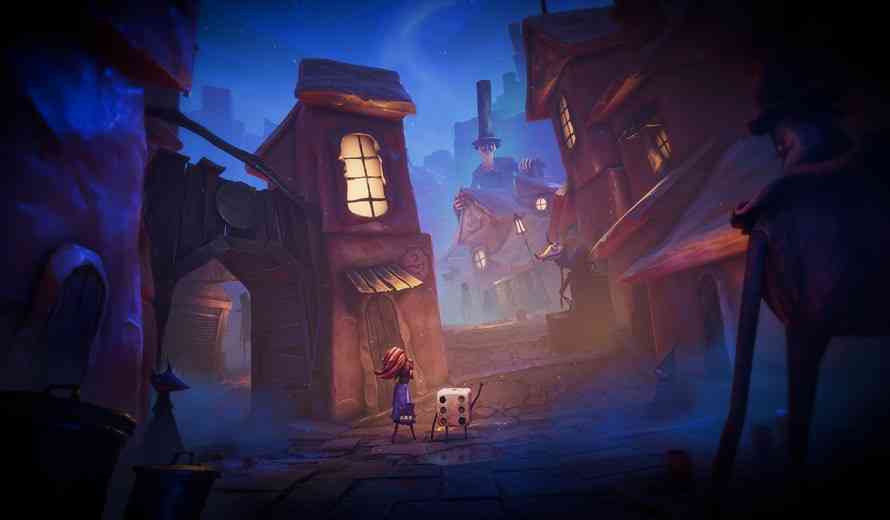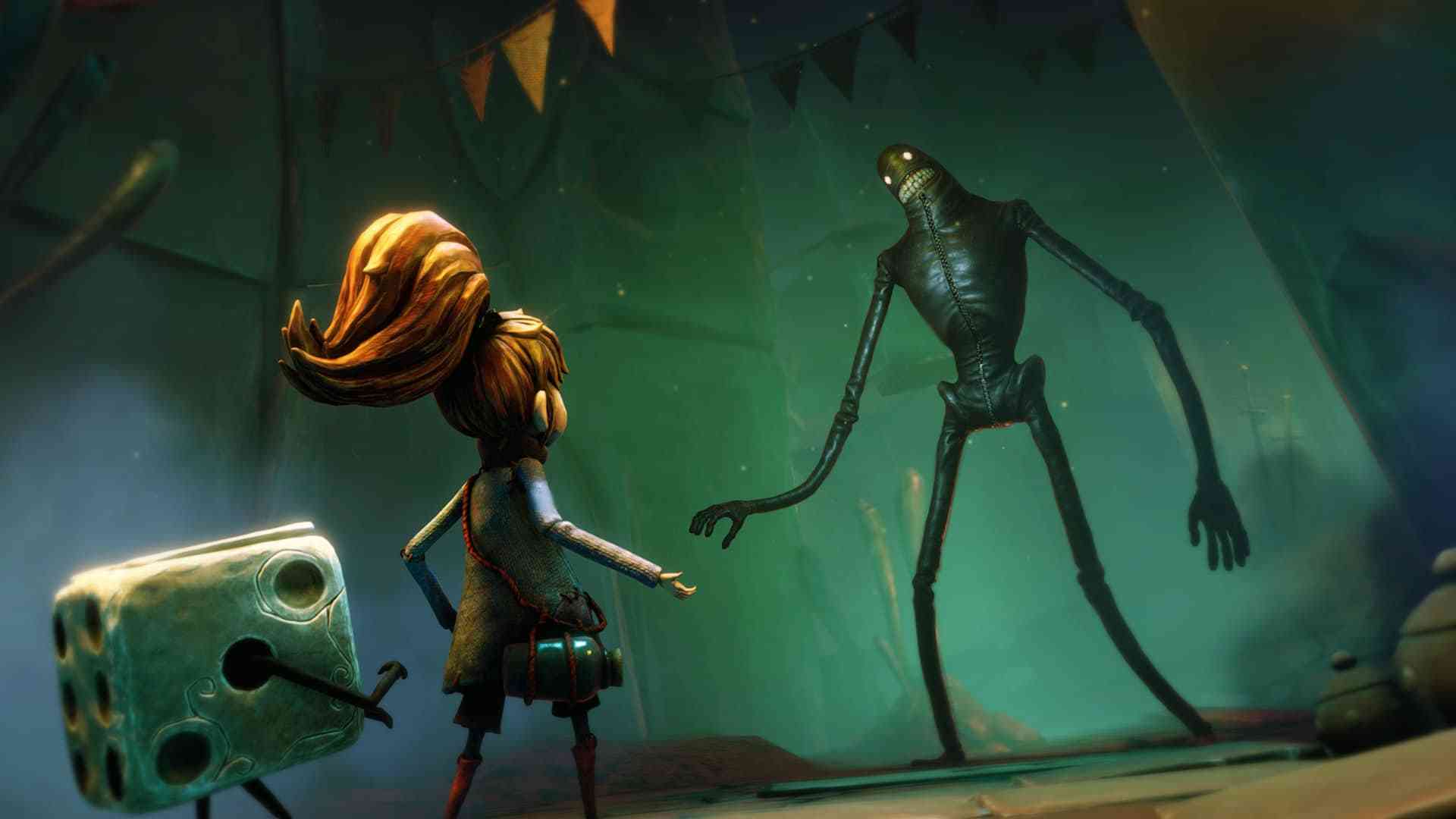Listen to This: Blake Robinson’s Brilliant Music in Lost in Random
Quick, think of Darth Vader’s theme from Star Wars. Ok, now Luke and Leia’s love theme. And what about the iconic brass fanfare that opens the first film of the original trilogy. Chances are, even you’re not a musician or even pay much attention to the score of a film or game, you can hear those melodies in your head. The reason is that John Williams reached back into the 19th century to a technique that uses short themes, called “leitmotifs,” to help define each character in the film. By associating a tune with Vader, every time we hear his theme we know something ominous is up, even when he’s not onscreen.
I thought of this as I listened to Blake Robinson’s charming and melancholic score for the upcoming Zoink! game, Lost in Random. Robinson, who has a huge following on YouTube for his remixes of game music featuring his Synthetic Orchestra, built Random’s score from highlighting, combining, and playing dress-up with a number of easily distinguished motifs. Robinson was gracious enough to answer some questions about his work on Lost in Random.
As with most projects, Robinson joined the Lost in Random production sometime after the game had been in development. “I joined a couple of years ago at a point where a lot of the game was built in some form and ready for music. The general concept, plot and characters were all in place and Olov and Klaus (developers) already had a good idea of what they were wanting to achieve with the game’s score,” Robinson said.

“For me, the work was split into two parts. When I joined I spent the first year or so coming up with the various themes for the areas and characters that the player experiences during gameplay. Once the talented bunch of animators and artists had created the game’s many cinematics, the second half of my time was focused on taking all the themes, motifs and melodies I’d developed and integrating them into a more linear, directed score that would complement and hopefully enhance the amazing story being told on-screen.”
Listening to the score, players will hear faint echoes of Danny Elfman’s more intimate moments from Nightmare Before Christmas, which at least partially influenced the look of the game as well. Unlike some videogame scores, Robinson’s music focuses on traditional acoustic orchestral instruments, with a few exotic colors like the cimbalom (a type of hammered dulcimer). “With the freedom the developers gave me to work within their idea of what the game should be musically, I tended to go with the instruments and sounds that I often used. I’m a big fan of 80s/90s music soundtracks and so tend to rely on a similar array of instruments to those used in the scores for movies I grew up watching and listening to. I also approach music quite melodically and like to build up recognizable motifs and melodies that sneak their way into the score regularly, and some instruments always feel like they suit this better. Lots of traditional brass, woods and strings. Olov and Klaus also had this idea for a slight ‘exotic’ touch to the soundtrack, especially for specific areas and so some slightly quirky instruments such as dulcimers, melodicas and harpsichords worked their way into the soundtrack.”
Although casual listeners might not realize it, the score was entirely built using high-quality digital samples. Robinson, who works for Spitfire Audio, has developed extensive and amazing sample libraries, which he also uses with the Synthetic Orchestra arrangements. “The score was entirely samples. When I’m not composing music my main line of work is creating orchestral sample libraries. I’ve been part of the core team at Spitfire Audio for the past 10 years and so I’ve built up quite a wide collection of sample libraries and software, many of which are tailored specifically to my workflow and writing.”
Like with many musical projects over the past couple of years, the global pandemic has restricted access to live musicians in a studio setting. “Originally I had wanted to explore the idea of mixing in live musicians, as samples still don’t always match the expressiveness and emotion captured by a real player, but with everything that’s happened the past couple of years it was unfortunately not possible to do so easily or to a quality I’d be happy with. It’s definitely something I hope I can try on my next project.”

Robinson, like many composers of his generation, were not necessarily trained as traditional, pen-and-paper composers. “I’m completely self-taught when it comes to music and while I’ve had to learn basic orchestral notation for my work, I tend to be much more comfortable with a mouse and a piano roll in FL (Fruity Loops) Studio.”
Traditionally educated or not, Robinson’s music for Lost in Random is carefully crafted and emotionally sophisticated, telling a coherent musical narrative that amplifies that of the game. “A lot of the music for the game started as a leitmotif or recognizable jingle. There were certain themes that the developers were looking for, which I spent some time early on playing with motives and melodies. A lot of the music for the main character Dicey and Even, for example, were experiments with ‘dice’ motifs. Melodies that counted from one to 6 rhythmically, or were spectrally shaped like each face of a die.’
“Early on I was producing piano sketches of these motifs and playing with exploring how to make them really recognizable while being unique to that character or area they were written for. Almost like a blueprint for how each area would sound when I got to the stage of writing for the orchestra. This made it a lot easier to bring in these consistent themes across the score when they were needed to highlight characters or events happening in the game alongside the score.”

Like the best film or game soundtracks, the score for Lost in Random easily holds up as a standalone listening experience. Lost in Random releases on September 10, 2021. Watch for a review right here on COGconnected.
Thank you for keeping it locked on COGconnected.